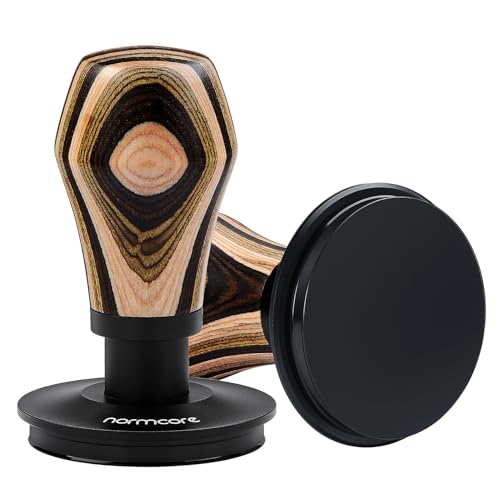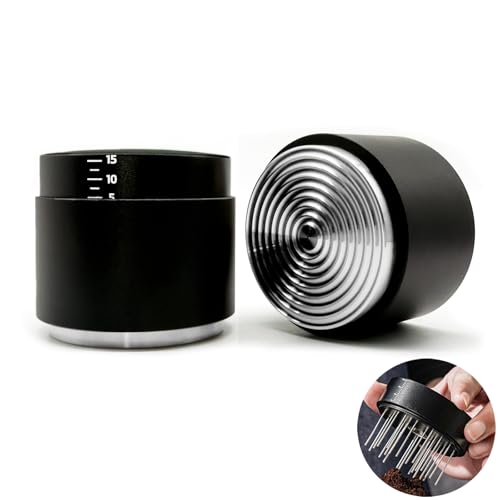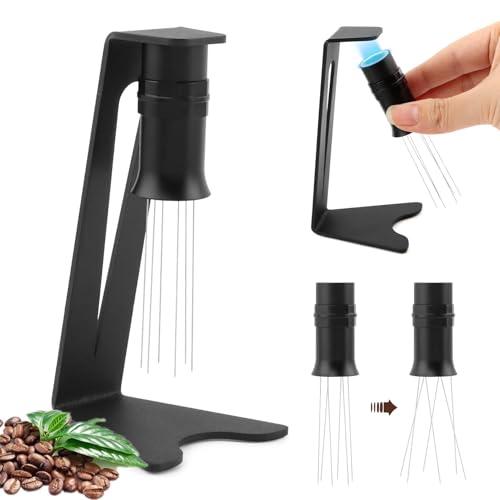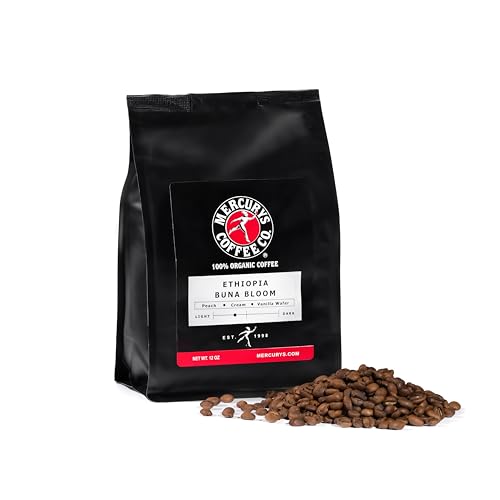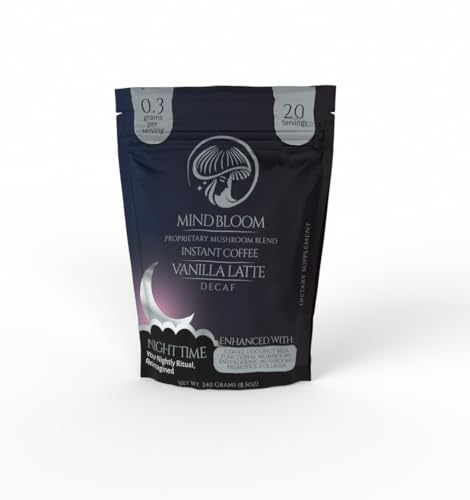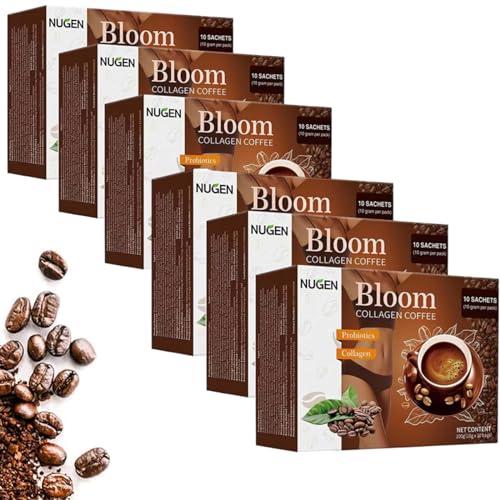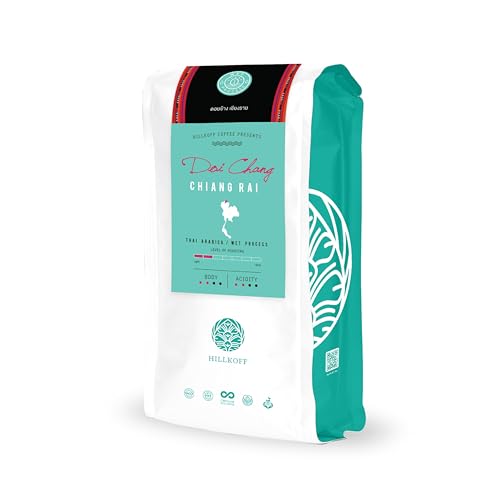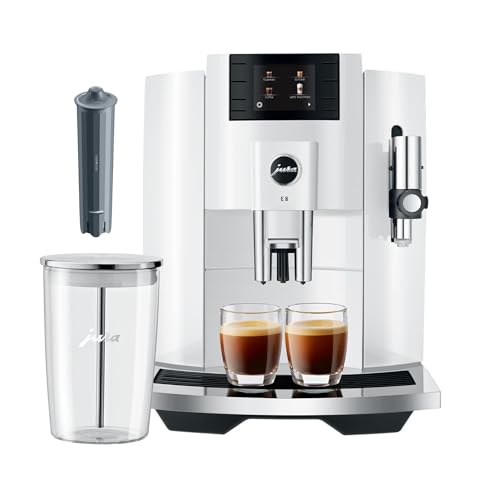Best Espresso Tampers for Home Use (and How to Choose One)
Why the Tamper Matters More Than You Think
Think tamping is just pressing down on coffee? Well, yes but how you do it dramatically impacts your shot.
Uneven tamping leads to channeling, and channeling leads to inconsistent taste. That’s why choosing the right espresso tamper isn’t just about looks it’s about flavor.
1. Types of Espresso Tampers
Let’s break them down.
- Flat Tamper
Most common and beginner-friendly. Creates an even, level surface. - Convex Tamper
Slight curve encourages water to flow from center outward—can reduce edge channeling. - Palm Tamper / Push Tamper
Designed to be pressed down using your palm rather than fingers. More ergonomic and great for consistency.
2. What Size Tamper Do You Need?
Espresso baskets vary. You need a tamper that fits snugly.
- Standard sizes: 58mm and 53mm
- Too loose: leaves gaps = channeling
- Too tight: won’t fit properly
Tip: Measure your portafilter basket diameter before buying.
3. Weight and Handle Material
Heavier tampers often give better feedback and control.
- Stainless steel base: Durable and weighty
- Wooden handle: Classic aesthetic, good grip
- Aluminum/plastic: Lightweight, budget-friendly
Ask yourself: Do you want comfort or precision?
4. Calibrated Tampers: Worth It?
Calibrated tampers “click” when proper pressure is applied.
- Great for beginners aiming for consistency
- Useful in shared households
- Not essential—but a nice touch

5. Best Espresso Tampers for Home Users (Top Picks)
| Tamper | Size | Price Range | Why It’s Great |
|---|---|---|---|
| Normcore Spring-loaded | 58.5 mm | $$$ | Calibrated, great build quality |
| LuxHaus Stainless Steel | 51/58 mm | $$ | Affordable, solid weight |
| Espro Calibrated Tamper | 58 mm | $$$$ | Very precise, used even by pros |
| MATOW Palm Tamper | 53/58 mm | $$ | Ergonomic, perfect for repetitive tasks |
Real-Life Experience
When I first started making espresso, I used a plastic tamper that came with the machine. Swapping to a 58.5mm stainless steel tamper changed everything. Not only did it feel better in hand, but my shots became more balanced almost overnight.
Final Tip: Match Your Tools to Your Technique
A good tamper won’t fix poor technique—but it’ll make good technique easier and more repeatable.
So if you’re investing in your espresso gear, don’t overlook the humble tamper. It’s more than a press—it’s precision in your palm.

